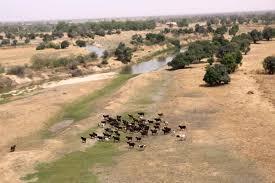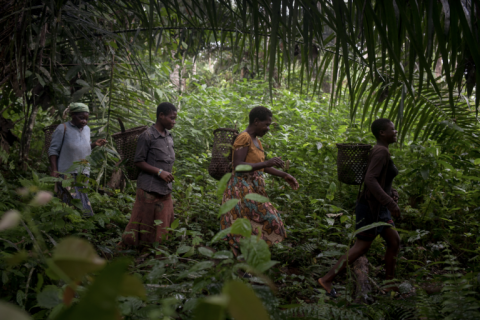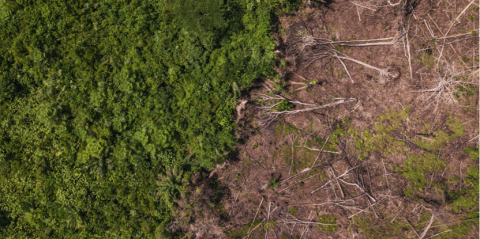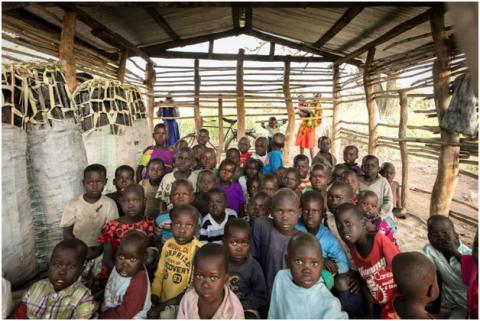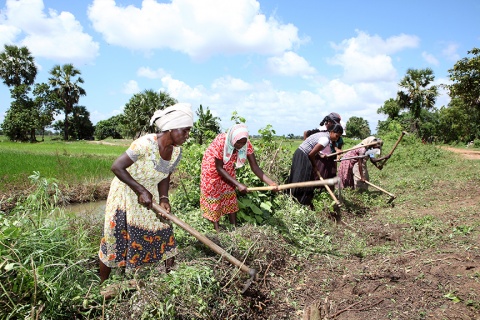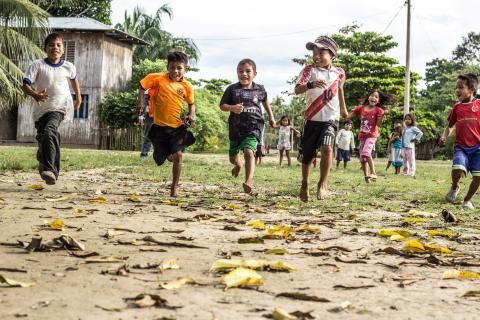Discover hidden stories and unheard voices on land governance issues from around the world. This is where the Land Portal community shares activities, experiences, challenges and successes.
 Follow our
Follow our
Sustainable Development Goals
Blog Series!
Interested in land corruption?
Follow our Land & Corruption Blog Series
for in-depth perspectives from the experts.
Issues
Geographical focus
Maritza Losada moved to Puerto Guadalupe five years ago when her husband found a job with a large biomass energy company that grows sugar cane. She and her husband purchased a lot in the town’s poorest neighborhood, Barrio Nuevo. The district remains today much like it was in 1995 when the government created the housing project for future agro-laborers: no roads, no sewage, no gutters.
By Deborah Espinosa and Patrick Gallagher, USAID’s Land Technology Solutions Program
Persistent and pervasive gender inequality is a global development challenge that constrains economic growth, educational opportunities, and health outcomes. It jeopardizes food security and undermines poverty reduction strategies. The world over, some formal and many informal laws and customs operate to hinder women’s empowerment and thus their full potential as agents of economic and social change.
Author: Ahmadou Aly Mbaye
Editor's Note:
Improving how we work for – and with – indigenous and local women in their communities
As a human rights organisation, gender justice is a fundamental principle of our work, and we have long been conscious of, and sought to address, the barriers to effective participation in decision-making by women, as well as the other human rights violations they may face on account of their gender.
The 2015 U.N. climate change conference was a historic moment in which the world agreed to limit global warming to 1.5 to 2 degrees Celsius above pre-industrial levels by curbing greenhouse gas emissions. Through the Paris Agreement, parties consented to a long-term pathway of climate-resilient development.
By Amber Rouleau, communications officer for African Women Rising.
Read the orignial version here.
SANTA BARBARA, California, USA, Nov 8 2018 (IPS) - While its conflict ended in 2007, Northern Uganda struggles with its legacy as one of the most aid-dependent regions in the world.
Commercial agriculture has driven land use changes and not only affected millions of hectares of forested land, but also farmers’ and local people’s land rights. Efforts to combat deforestation are at the forefront of the international aid agenda, and clarifying and securing land rights is important for its success.
I have talked to women in at least 15 countries—in their homes, their gardens, their fields, their pastures, their universities, their community organizations, their government and executive offices, and their courtrooms. When asked about rural women’s land use or rights or ownership or livelihood, the thing that usually stands out to me is that most women say, in one form or another, that rural women are generally able to use land, and sometimes even control land, when they are in an intact family.
This week in Geneva, the Human Rights Council is expected to take a position on the follow-up to a draft Declaration on the Rights of Peasants and Other Persons Working in Rural Areas. Five years after the start of the negotiations, we are at a turning point.
This July is the first time the United Nations will review the progress made towards meeting Sustainable Development Goal 15, which is about Life on Land. Each goal will be reviewed about every 4 years until 2030.
The reviews will be based on the 10 indicators countries agreed on, that assess change in each country over time. Two important developments relating to the indicator on land degradation neutrality (15.3.1) have occurred, since its adoption in 2015.
The Santa Clara de Uchunya community has lived in a remote section of the Peruvian Amazon for generations. Like many indigenous groups, this community of the Shipibo-Konibo people have traditionally managed and relied on forests for hunting, fishing and natural resources.
But in 2014, someone started cutting down large sections of the community’s ancestral forests.



